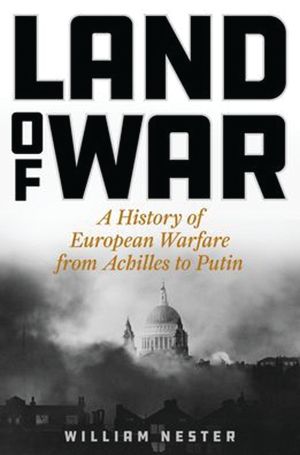 By Christopher Miskimon
By Christopher Miskimon
As long as human beings have lived on the European continent there have been wars on it. They began with stones and flint axes and progressed through bronze, iron and eventually steel weapons, but the advent of gunpowder changed the nature of combat from a largely face to face struggle to one of ever-increasing distances. With improvements in technology, bureaucracy and finance, the ability of European states to create, train, equip and move large military forces grew exponentially. Eventually, in the 20th Century, European warfare became so deadly it enabled the two most deadly wars in human history. Atomic weapons raised the stakes and in the 21st Century cyber warfare has brought a new dimension, although the current war in Ukraine is mainly fought on the battlefield with a mix of new weapons such as drones and hypersonic missiles and long-existing arms such as tanks, artillery and aircraft.
This new book shows how the history of Europe is the history of warfare, to the point where the continent’s sense of itself is intertwined with its military heritage. The author touches on the major battles with lasting effects for Europe, demonstrating their significance. This is a good book for understanding the “big picture” about Europe’s development and rise through the centuries. The chapters are dotted with useful tables of numbers and facts to reinforce the text.
Land of War: A History of European Warfare from Achilles to Putin (William Nester, Stackpole Books, Essex CT, 2023, 488 pp., maps, charts, photographs, notes, bibliography, index, $39.95, hardcover)
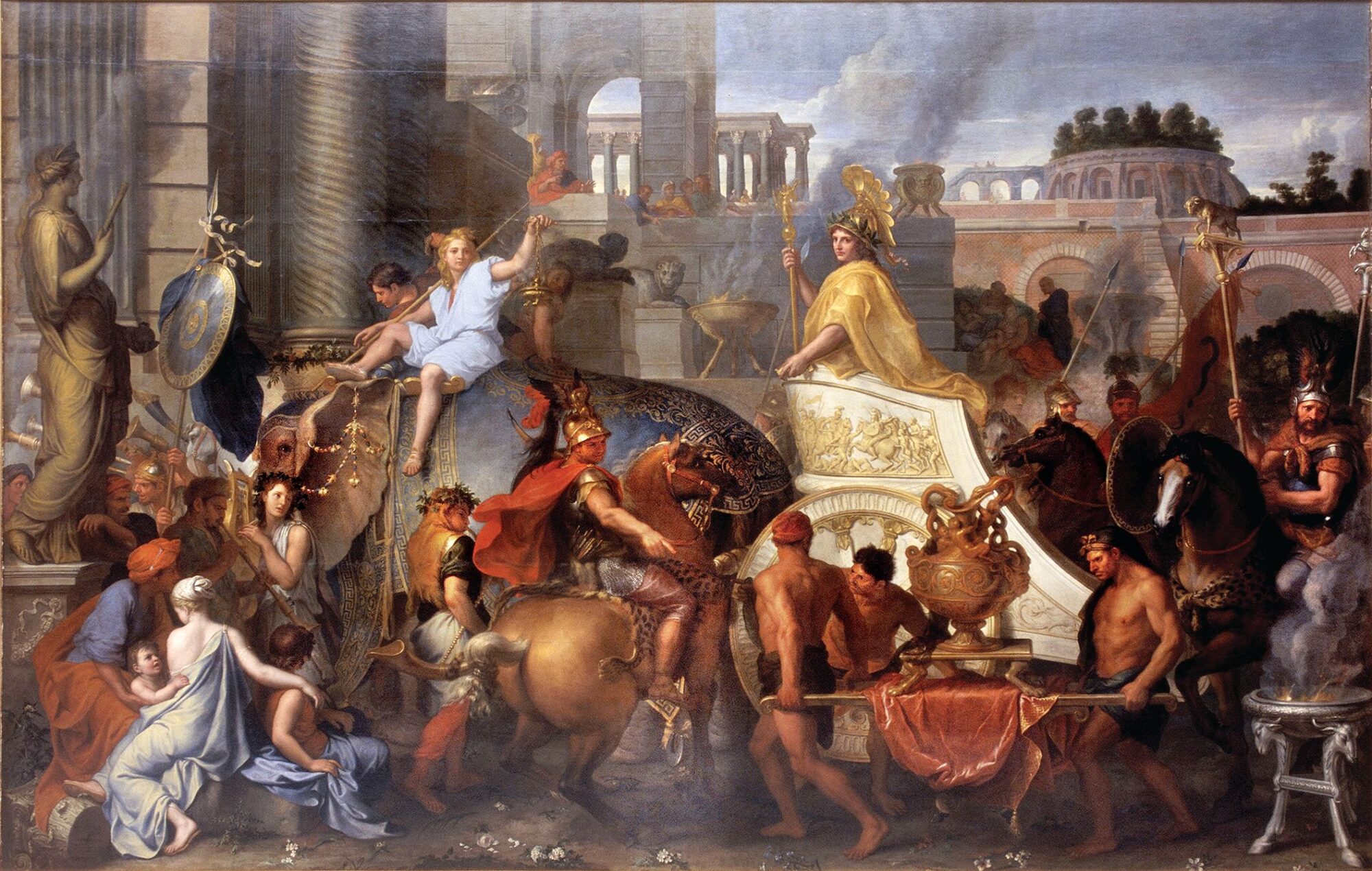

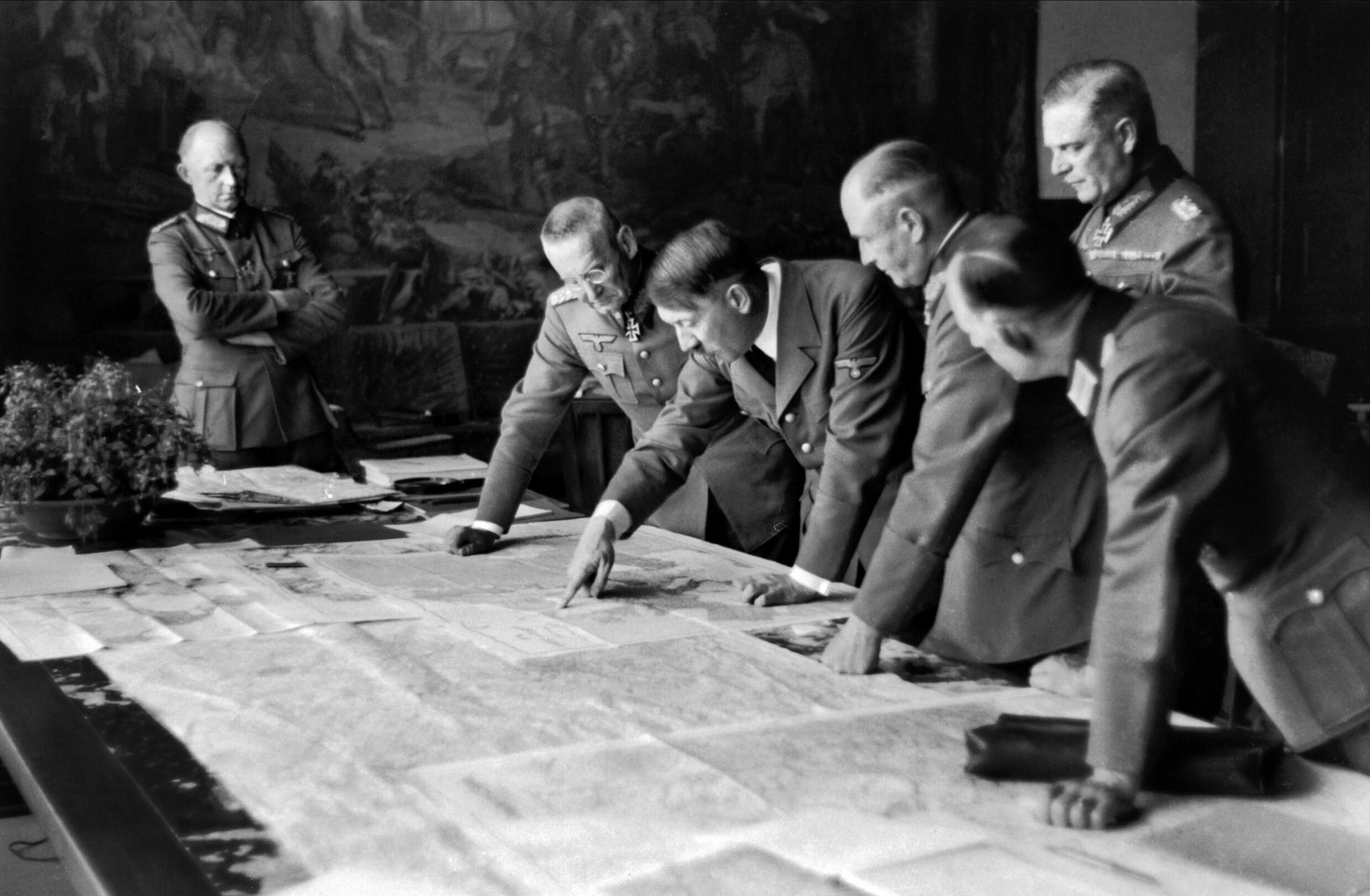
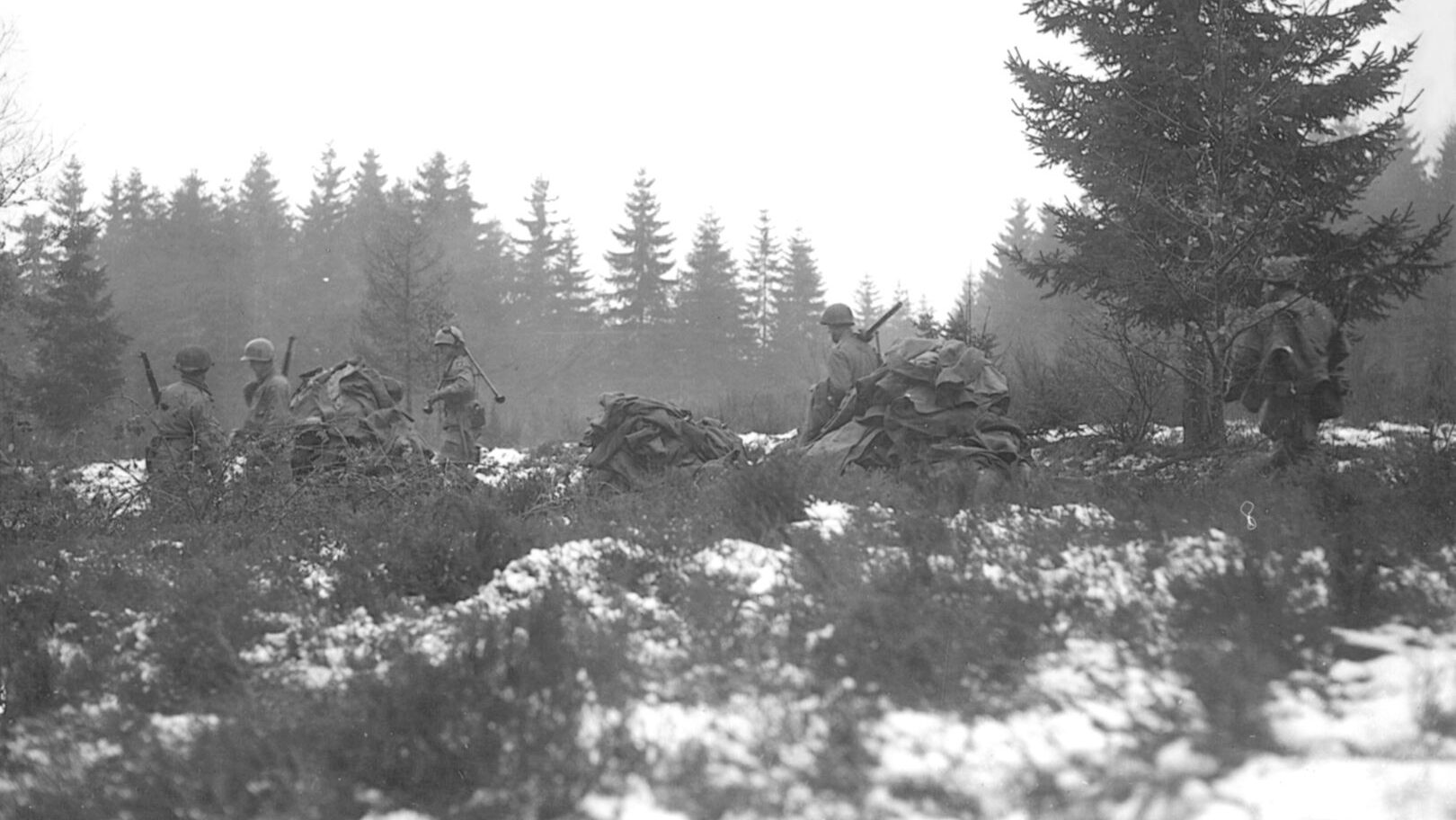
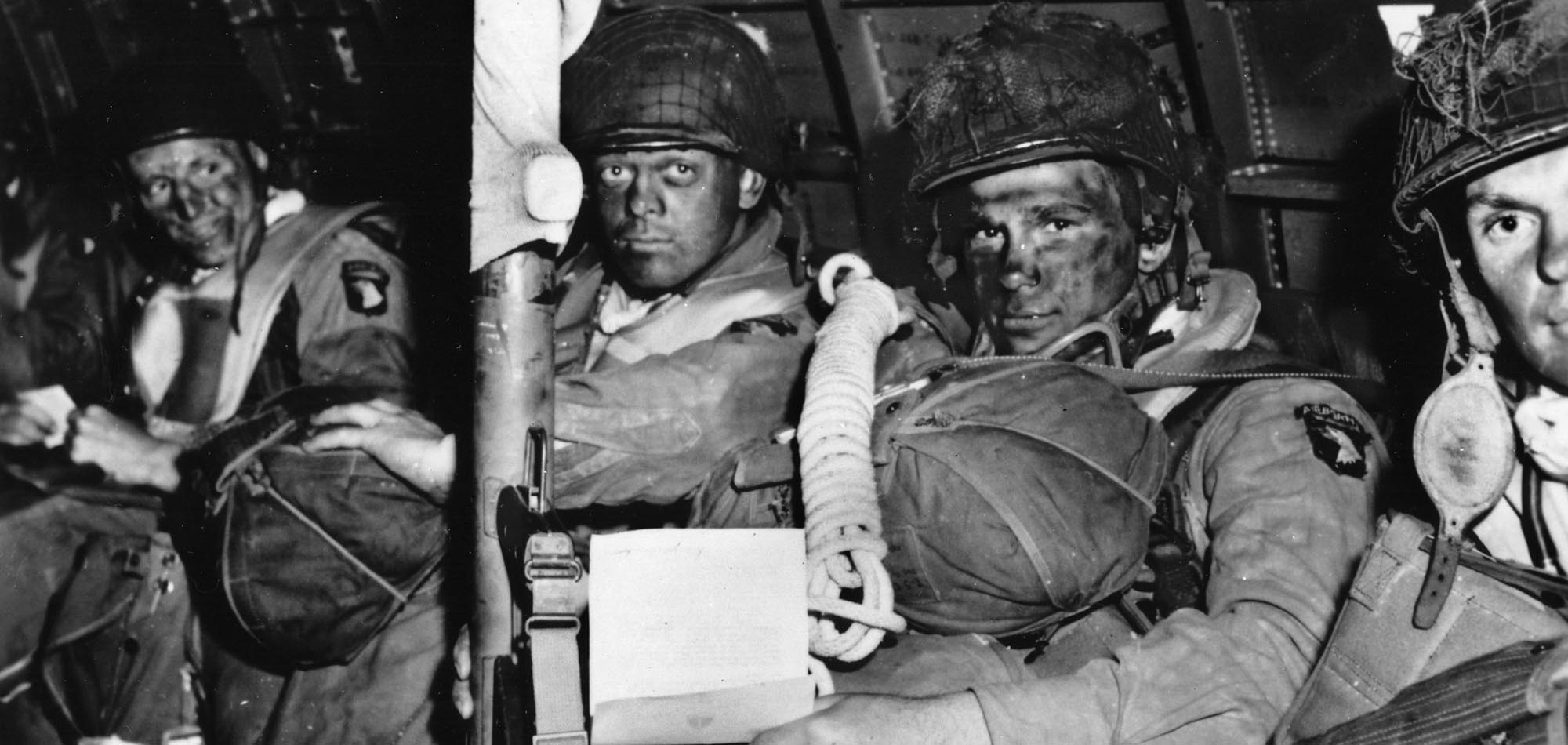
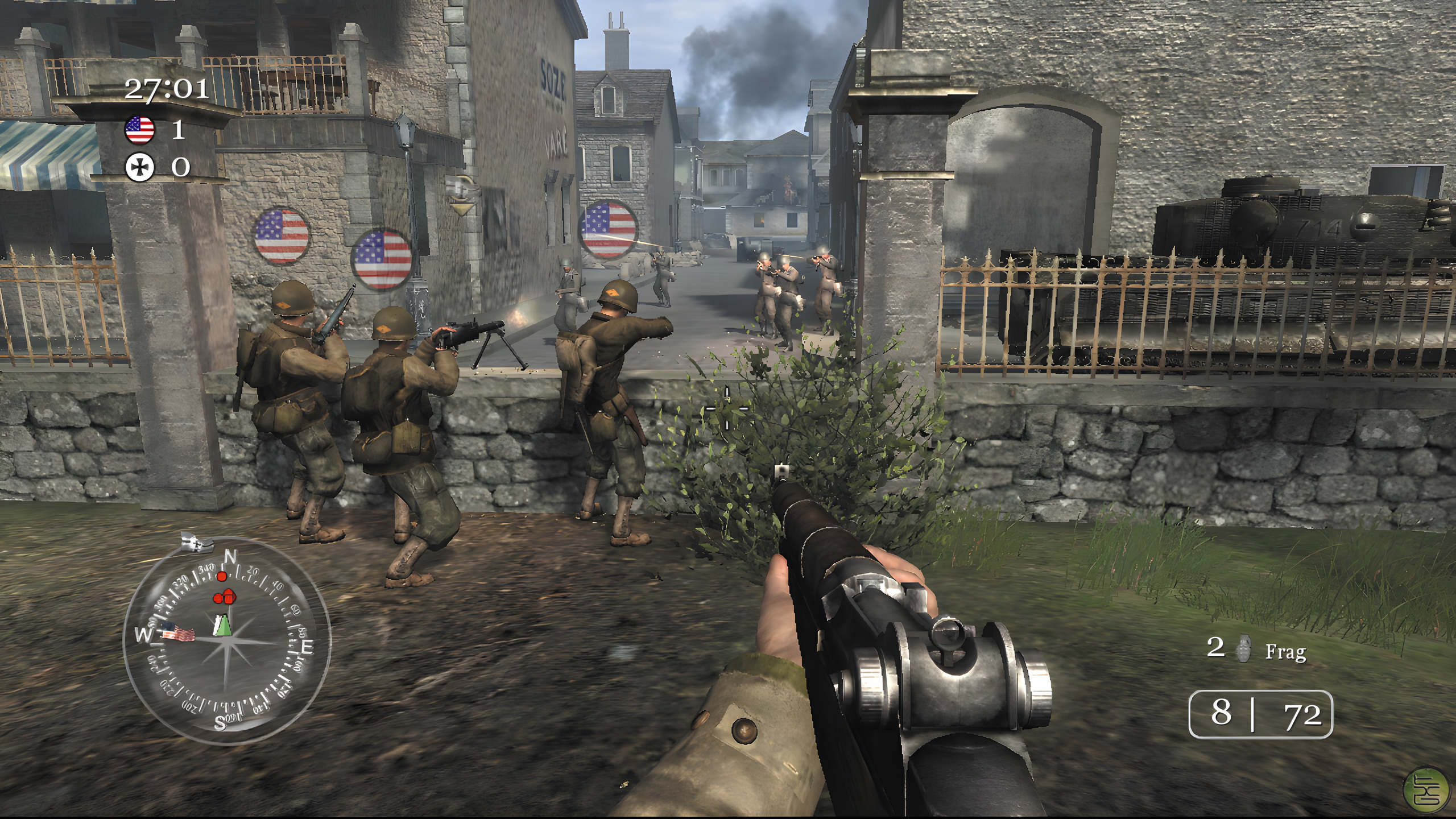
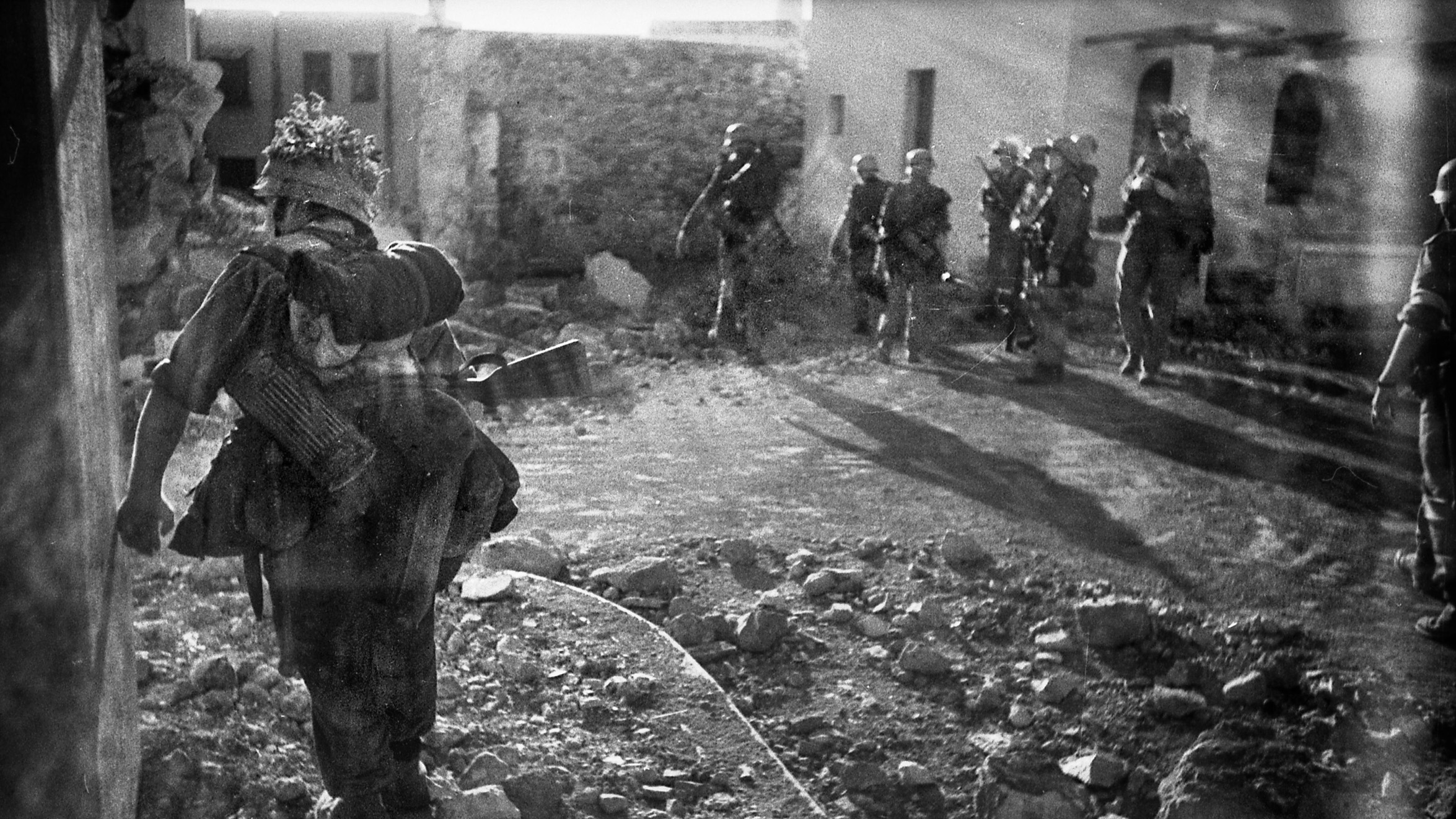
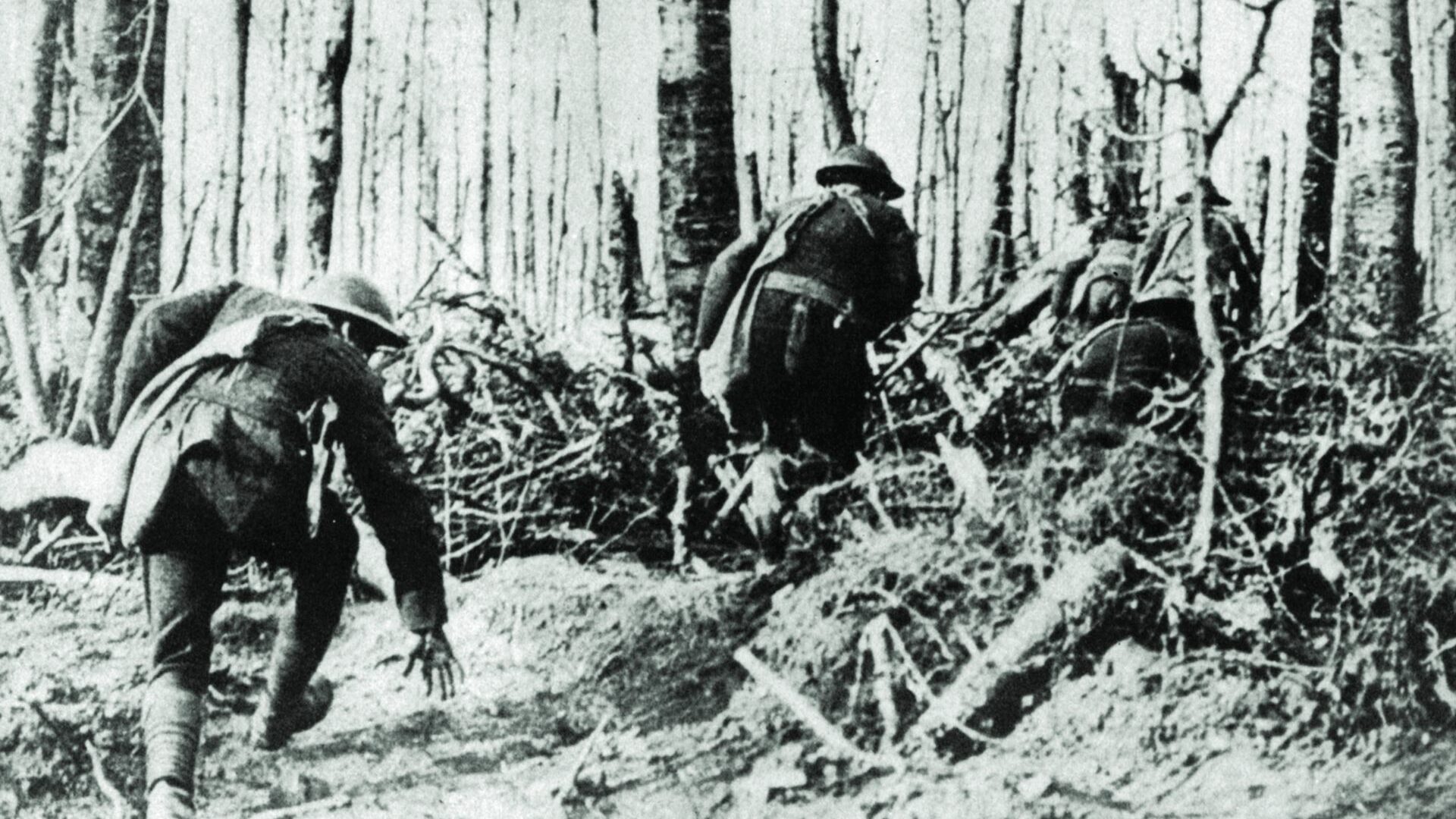
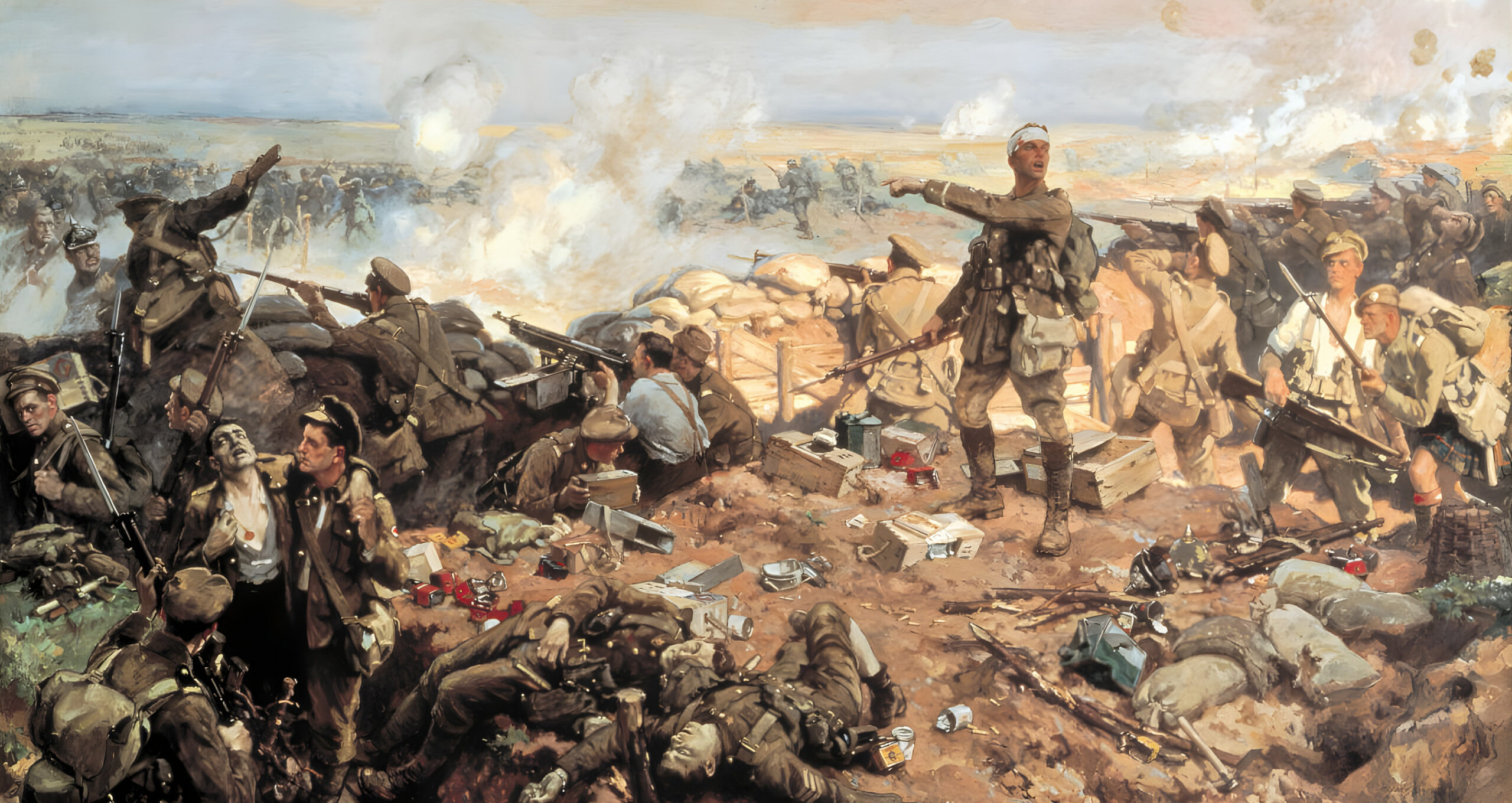
Join The Conversation
Comments
View All Comments